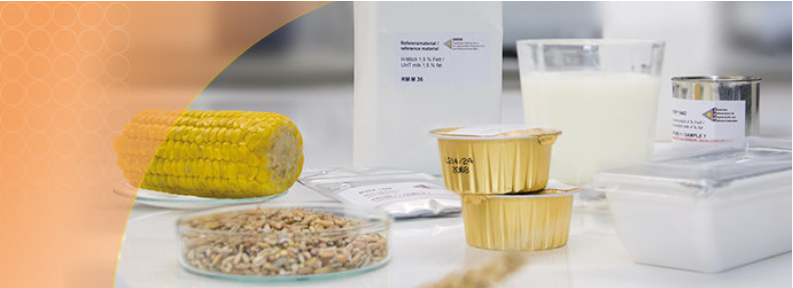Quality assurance is an important issue for every laboratory. If you want to ensure that your lab produces accurate and precise results, proficiency testing is an indispensable measure. Here’s what you ought to know about proficiency tests.
Anyone who carries out food analyses needs to know that the obtained results are correct. Yet, there are many factors which can influence the quality of the analysis: the used test method, the lab procedures, the staff’s method of operation and the laboratory equipment are just a few of the influencing factors. In order to ensure that the test results obtained by the laboratory are valid, quality assurance is mandatory. Laboratory inspections, which include checking the lab’s procedures and equipment, are a part of this. But even more important are proficiency tests, since they evaluate the actual analytical performance of a laboratory.
What is a proficiency test?
Proficiency tests (also referred to as round robin tests or ring trials) are intended to check the performance of laboratories. For this purpose, identical samples are sent out to several laboratories, who then analyze the samples under specified conditions. The test results are then collected and processed statistically in order to evaluate the measurement accuracy of the laboratories. According to standard DIN EN ISO/IEC 17025, accredited testing laboratories must participate in proficiency tests regularly in order to ensure the quality of their analysis.
GITO provides solutions throughout the supply chain, from sourcing, manufacturing, to final delivery.


